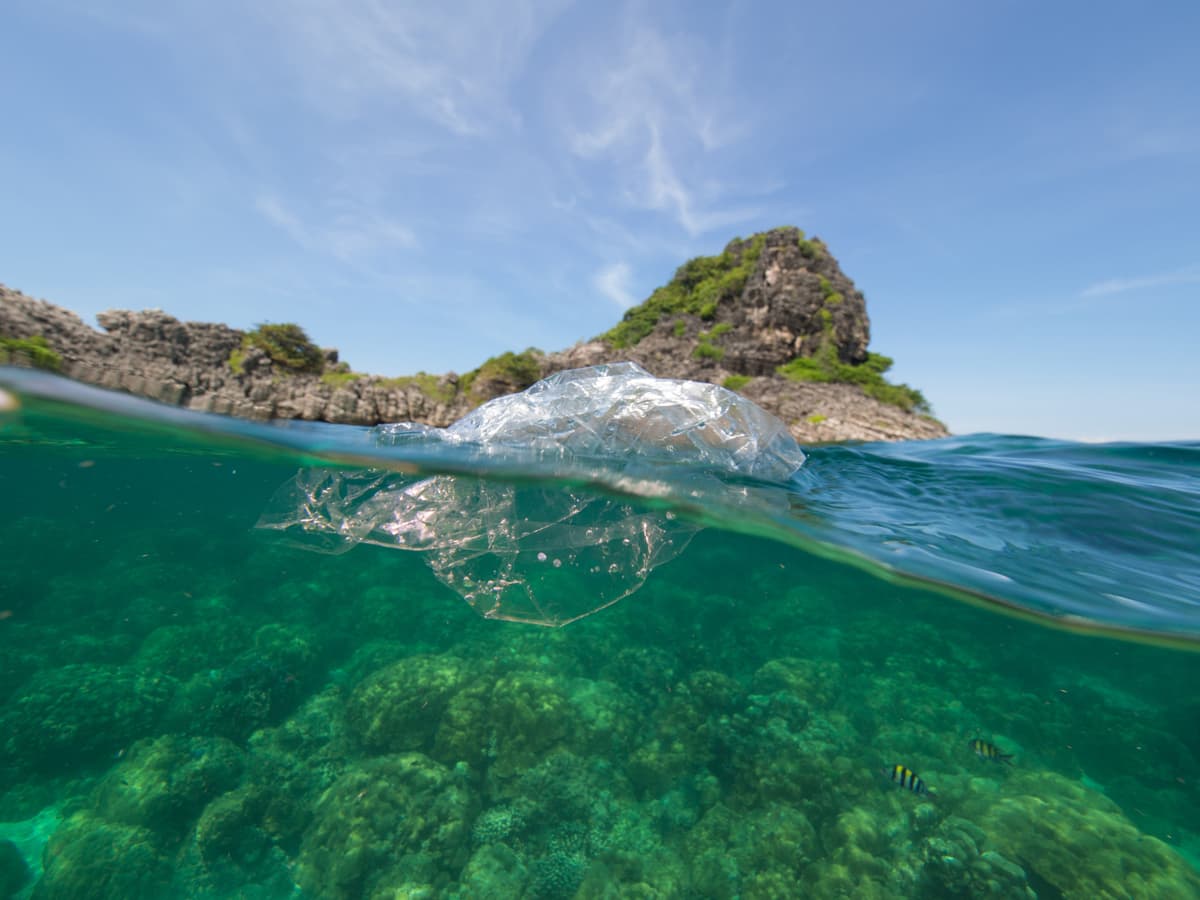Related projects & activities


Posted on Wednesday 20 March 2019
Heni, a kariangahau (Māori researcher), visited 10 primary and secondary schools in Whangarei, Wellington and Nelson where she talked about plastic pollution. Students got the opportunity to use a virtual plastic tracking tool Heni and Ross have developed.
“The students gave feedback that has helped us improve our tool design – they were engaged and happy to be involved,” said Heni.
The researchers, funded by Sustainable Seas, have developed an interactive computer simulation that combines tides, winds and currents to track virtual plastic in the ocean. The first iteration of the tool, which will be launched in July, allows web users to virtually drop plastic in four different locations: Cook Strait, Tauranga Moana, Tasman Bay, Nelson and Hauraki Gulf, Auckland and follow its movement.
“This is a web-based educational tool to raise awareness of ocean connectivity and the far-reaching effects of plastic pollution,” explains Heni. The tool includes bilingual resources that highlight the importance of mātauranga Māori (indigenous knowledge) of ocean currents and marine ecosystems.
During the week, Heni also gave public talks at the New Zealand Maritime Museum in Auckland, Napier Aquarium, Lower Hutt Memorial Library in the Wellington region, and was interviewed for the Sustainable Seas LEARNZ virtual field trip in Nelson.
Her talks covered the history of plastic and perils of plastic pollution. This global problem affects the entire marine ecosystem. Plastic has been found in the deep ocean and spread through waters from the Arctic to Antarctic regions. Marine animals eat, get tangled up in and/or are poisoned by plastics.
Heni highlighted how the effects are worsening, as about 8 million metric tonnes of plastic enter the environment each year. Plastic does not biodegrade: it slowly breaks down in sunlight to form smaller and smaller pieces, or microplastics.
